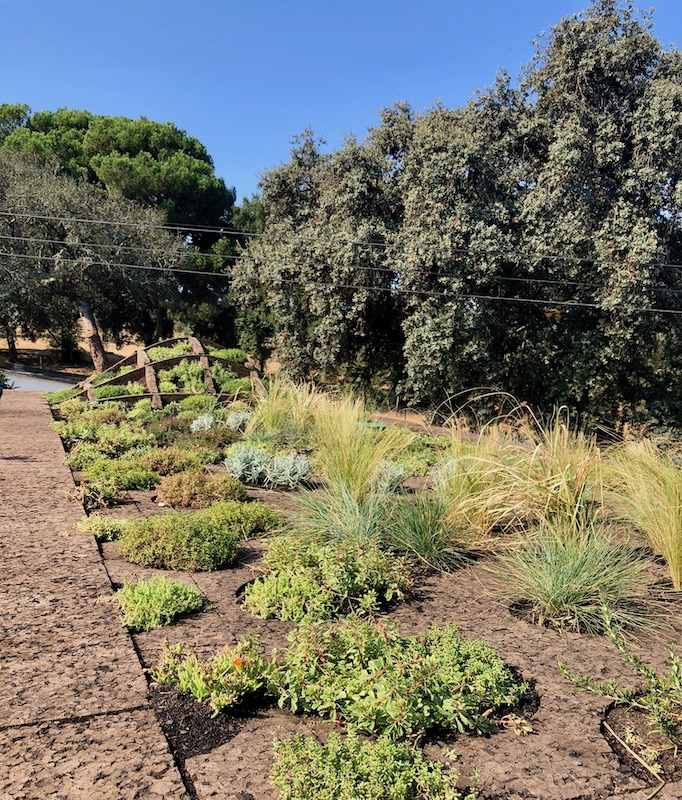GUL - GREENURBANLIVING - CORK GREEN ROOF SYSTEM
POCI-01-0247-ERDF-003393
Lead Promotor: Amorim Isolamentos, S.A.
Copromotor (s) Neoturf Lda, ANQIP, ITeCons
Start date: 10/01/2015
End Date: 09/30/2018
Funded amount: Eur 259,771.53
Investment Amount: Eur 412,288.73
Description:
Multifunctional systems based on expanded cork agglomerate for the construction of green roofs and living facades.
Although still infrequent, green roofs and facades are beginning to become a trend in urban architecture, reconciling aspects related to sustainable construction and the adaptation of cities to the effects of climate change. The project aims to develop and validate new roof systems and green façades structured in expanded cork agglomerate (ICB), with a higher environmental and energy profile than conventional solutions and with a high capacity for energy customization and prefabrication. In these eco-designed systems, ICB will simultaneously provide: Thermal insulation of the building; Drainage functions; Retention functions; Project Activities; carbon capture.
Project Activities:
The project comprises a set of experimental and numerical studies. In a new experimental approach, living green roofs / façades will be studied using bioclimatic chambers. These will allow to simulate different weather conditions (e.g. solar radiation, precipitation and wind action) and to monitor system performance (e.g. vegetation growth, rooting layer thickness, etc); Characterization of the materials applied for different density and subject to different water contents; Evaluation of the system regarding its hydraulic permeability, water retention capacity and thermal conductivity; Feasibility analysis of integration of green roofing and façade systems with other sustainability solutions, such as rainwater catchment systems in buildings, through the determination of expressions for the flow coefficient and the physicochemical analysis of the effluents; Development of numerical techniques to model, throughout the year, hydraulic flow and the hygrothermal and acoustic behavior of new systems; Validation of theoretical models based on experimental results; A full-scale prototype will be built as an experimental installation to validate the functional characteristics and standards of energy and environmental sustainability.
Final product
The end product is intended to meet the following requirements: Feature an eco-friendly design incorporating renewable and recyclable materials; Allow geometric customization; Be self draining (no synthetic screens available); Autonomous water holding capacity; High thermal performance; High acoustic performance; The solutions to be developed should still be economically competitive, allowing to have tangible advantages in terms of their performance and ease of application, making them a viable alternative to the solutions currently on the market.

.png)